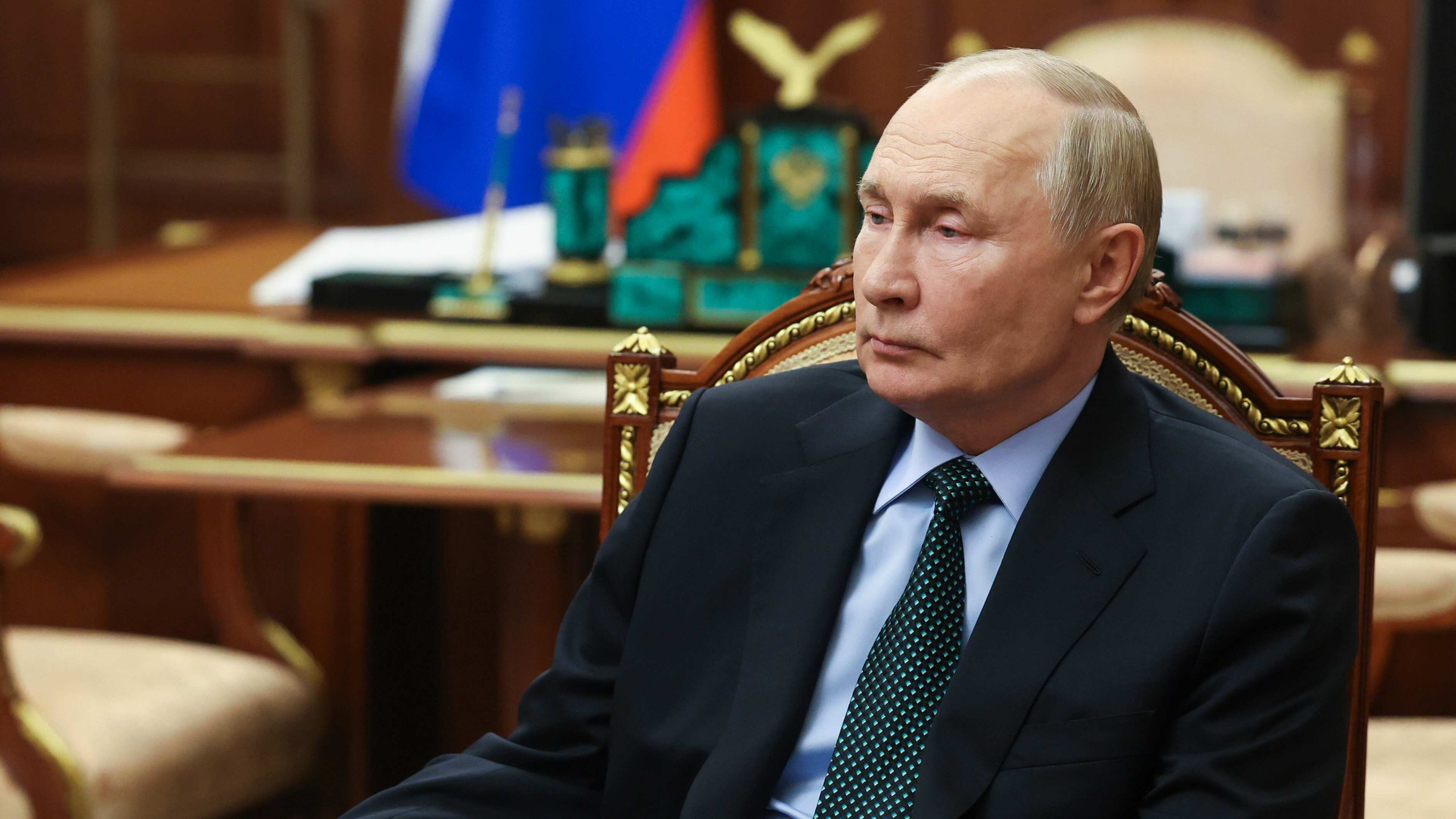On Tuesday, the President of Russia, Vladimir Putin, signed a revised nuclear doctrine that declares that a conventional attack against Russia by any nation supported by a nuclear power will be considered a joint attack against his country.
Putin's approval of the new nuclear deterrence policy comes on the 1,000th day since he sent troops to Ukraine on February 24, 2022. The move followed the decision by United States President Joe Biden to allow Ukraine to attack targets within Russia with longer-range missiles supplied by the United States.
PUBLICIDAD
The signing of the doctrine, which indicates that any massive aerial attack against Russia could trigger a nuclear response, reflects Putin's willingness to threaten the use of the country's nuclear arsenal to force the West to back down while Moscow presses a slow offensive in Ukraine.
In response to a question about whether the updated doctrine had been deliberately issued following the United States' decision to lift restrictions for Ukraine to use its long-range missiles against Russia, Kremlin spokesperson Dmitry Peskov said that the document was released "in a timely manner" and that Putin had instructed the government to update it earlier this year to be "in line with the current situation."
Putin first announced changes to the nuclear doctrine in September, when he chaired a meeting to discuss the proposed revisions.
The new version of the document states that an attack on their country by a non-nuclear power with the "participation or support of a nuclear power" will be interpreted as a "joint attack on the Russian Federation."
The text does not specify whether such an attack would necessarily trigger a nuclear response. It mentions the "uncertainty of scale, time, and location of possible use of nuclear deterrence" among the key principles of nuclear deterrence.
At the same time, it details the conditions for the use of nuclear weapons in more detail than the previous version of the doctrine, and points out that they could be used in the event of a massive aerial attack involving ballistic and cruise missiles, airplanes, drones, and other aircraft.
The vague terms appear to significantly broaden the triggers for the potential use of nuclear weapons compared to the previous version of the document, which stated that Russia could resort to its atomic arsenal if "reliable information about the launch of ballistic missiles directed at the territory of Russia or its allies" was received.
The revised doctrine envisions that Russia could use nuclear weapons in response to aggression against its ally Belarus.
The authoritarian president of Belarus, Alexander Lukashenko, who has ruled the country with an iron fist for over 30 years, relies on Russian subsidies and support. He has allowed Russia to use his country’s territory to send troops to Ukraine, as well as the deployment of some Russian tactical nuclear weapons in Belarus.
